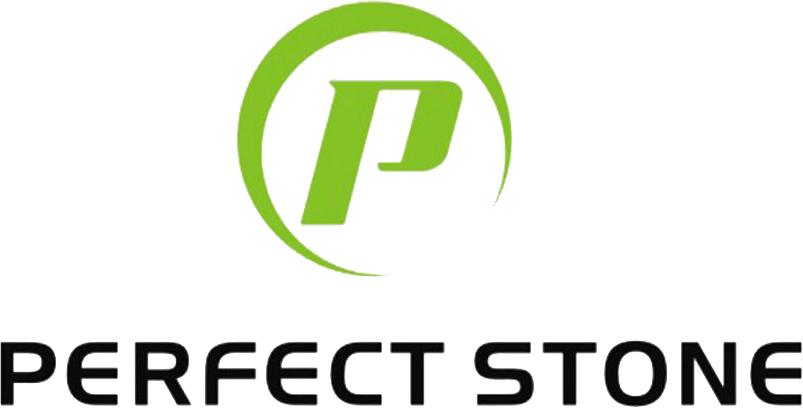The main chemical component of travertine is carbonate rock, which is called travertine because of the large number of holes formed naturally. Due to the large number of holes and high water absorption rate, dust and dirt from the outside can easily infiltrate, forming black holes that are difficult to clean, affecting the beauty of the stone. So how do we clean the travertine floor?
https://www.xmperfectstone.com/marble/white-travertine-stone-for-big-slab-and-cut.html
According to the specific conditions of the project, we have formulated the corresponding construction process:
Finished product protection → protective treatment → board surface cleaning → board surface repair → overall grinding → protective treatment → recrystallization treatment → on-site cleaning → quality inspection
1. Finished product protection
Before construction, use finished protective film, thermal insulation cotton and other materials to shield and protect the construction area, and the protection of special finished products shall be implemented according to the requirements of Party A. Protect the finished products in the construction area and surrounding areas to prevent pollution and damage to the finished products, such as moisture, pollution, corrosion, collision, etc., to avoid losses to Party A and the construction party.
2. Protective treatment
Use professional stone protective agent to treat the stone in a standardized and effective way to reduce the probability of stone disease. Prevent the grinding water from penetrating into the stone from the surface or cracks of the stone, resulting in water spots, rust spots, efflorescence and other diseases.
3. Panel cleaning
Use a special cleaning agent for stone and abrasive brush to clean the dirt in stone holes, gaps and damaged parts. When cleaning the stone, fully wash the medicine into the hole of the board. Don't rush to absorb the water of the medicine (about 30 minutes). Let it react with the dirt in the hole to make the cleaning effect better, and then use a vacuum cleaner. Absorb the surface deposits. Observe the hole cleaning effect, and repeat the treatment 2 to 3 times until the dirt on the hole is completely removed.
Be careful when cleaning the stone, do not use acidic agents such as oxalic acid, hydrochloric acid, and toilet cleaner, because these agents will form an acid film on the surface of the stone holes and affect the adhesion of the glue.
4. Surface repair
After the stone is clean and dry, use marble glue to repair larger holes, gaps, and breakages. According to the color of the stone, choose the marble glue of the corresponding color for color mixing, fill up the big hole first, then fill the small hole. When repairing holes, the colloid should bulge out of the stone surface. Ensure the overall beauty of the stone and the firmness between the stone gaps, and keep the overall gloss after crystallization consistent.
When repairing a large area of the hole, it is recommended to use a straight board and a saw tooth board to scrape the glue alternately. This method of scraping is beneficial to empty the air in the hole, so that the filled glue is fuller and not easy to fall off.
5. Overall grinding
Use a grinder to perform overall grinding treatment on the stone surface to remove scratches, excess glue layer, abrasion and aging layer on the stone surface, and restore the original color of the stone. Use grinding discs of 150# to 3000# for rough grinding, fine grinding and accurate grinding.
150# rough grinding can eliminate scratches on the stone surface and remove residual glue marks;
The fine grinding of 300# and 500# can harden the surface of the stone, restore the color, and improve the color saturation of the stone;
The accurate grinding of 1000#, 2000#, and 3000# can make the stone surface shine and shine, reaching the national first-level material supply standard, and also lay a good foundation for the next step.
6. Protective treatment
Due to the large number of people coming and going on weekdays, the ground is susceptible to stains such as beverages and tea. We use stone protective agents for treatment during construction to protect the stone from external pollution in the later stage.
The protective agent should be selected according to the use environment and the requirements of Party A. For example, to prevent water-based pollution, apply a waterproof protective agent; to prevent oily pollution, apply an oil-proof protective agent.
7. Recrystallization treatment
Use a special stone crystal face machine and polishing crystal hardener to recrystallize and harden the stone surface. Through multi-pass superposition (6-9 times), an effective crystal layer is formed, which improves the brightness and permeability of the stone surface, increases the visual sense of the stone surface, and makes the surface crystal layer more wear-resistant and longer lasting.





